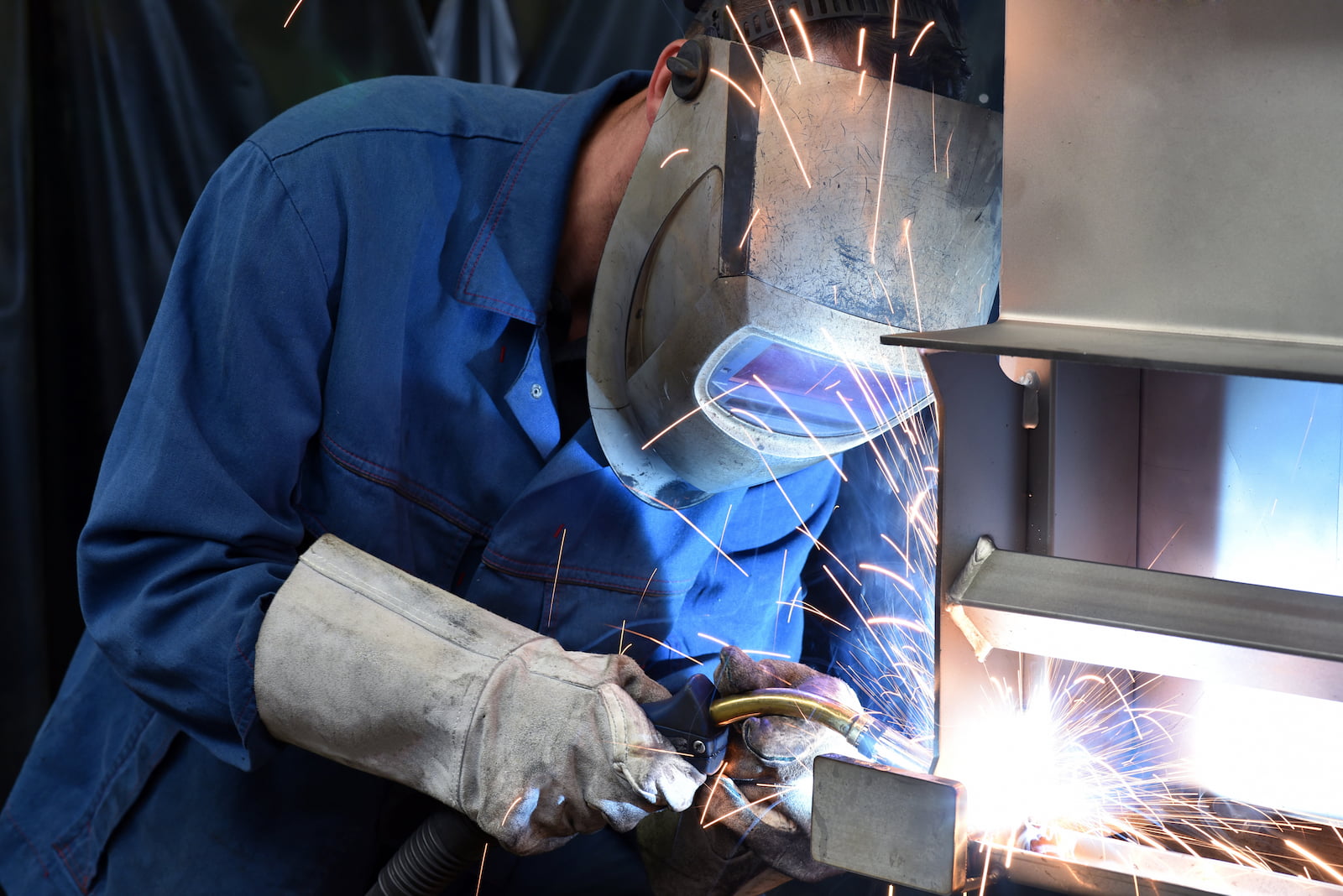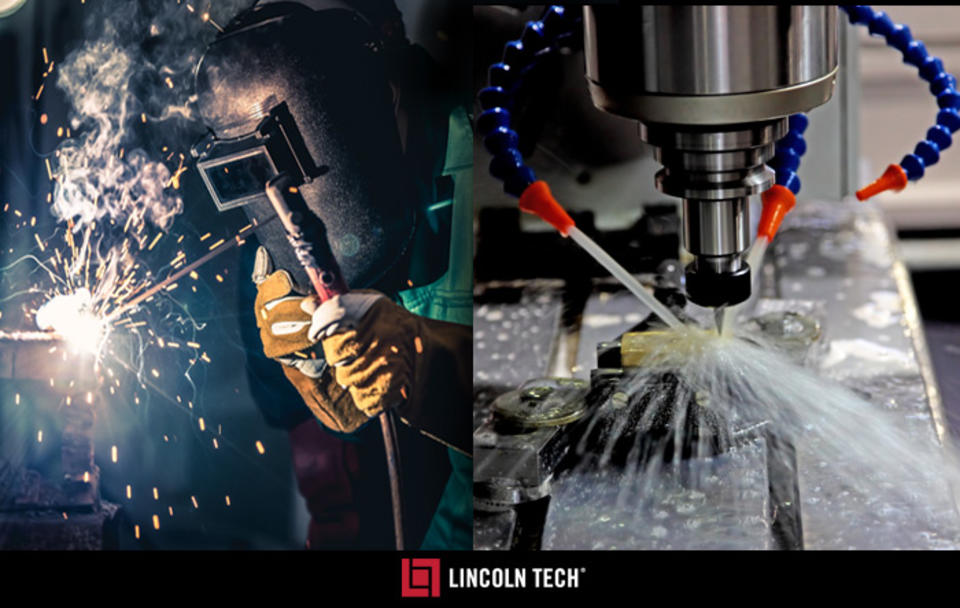Usual Welding Repair Work Issues and Just How to Address Them Effectively
Welding repairs commonly come across a series of issues that can threaten the honesty of the end product. Common troubles include poor penetration, porosity, and imbalance, to name a few. Each defect presents one-of-a-kind obstacles that call for certain strategies for resolution. Comprehending these concerns is necessary for welders intending to boost their end results and abilities. This discussion will certainly discover these typical welding repair problems and reliable approaches to address them.
Inadequate Penetration
Poor penetration occurs when the weld metal falls short to fully fuse with the base product, resulting in weak joints and potential architectural failings. This concern frequently originates from inadequate warmth input, wrong electrode angle, or incorrect welding rate. Welders may experience poor infiltration due to a miscalculation of the needed criteria for a particular material thickness or kind. Additionally, contamination on the base product's surface area can hinder efficient bonding, worsening the problem. To resolve inadequate penetration, welders ought to ensure suitable setups on their equipment and preserve a tidy work surface. Regular examination of welds is suggested to recognize any type of shortages early, permitting prompt improvements and the prevention of jeopardized structural honesty in bonded assemblies.
Porosity
Porosity is a typical defect in bonded joints that manifests as small gas bubbles entraped within the weld metal. This defect can jeopardize the integrity of the weld, bring about decreased stamina and prospective failure under stress. Montana Mobile Welding and Repair Belgrade Welding. Porosity generally occurs from contamination, wetness, or inappropriate welding methods, which allow gases to escape into the liquified weld pool. To attend to porosity, welders must guarantee proper surface preparation, maintain a tidy workplace, and make use of suitable welding criteria. Furthermore, choosing the ideal filler material and protecting gas can minimize gas entrapment. Routine inspection and testing of welds can aid identify porosity early, ensuring timely corrective actions are taken, therefore maintaining the top quality and integrity of the bonded structure
Misalignment
Misalignment in welding can occur from numerous factors, consisting of inappropriate arrangement and thermal expansion. Understanding the origin is vital for effective resolution. Numerous improvement strategies are offered to straighten components and assure architectural stability.
Sources of Imbalance
Welding imbalance frequently originates from a range of underlying concerns that can compromise architectural stability. One main cause is inappropriate fit-up of elements prior to welding, which can bring about gaps and unequal surface areas. Variants in thermal development throughout the welding process can also lead to distortion, particularly if the products being joined have various coefficients of expansion. Additionally, inadequate securing and fixturing may stop working to hold components safely in position, causing motion throughout welding. Inadequately conserved devices, including welding machines and devices, may introduce incongruities in the weld bead, more contributing to imbalance. Driver mistake, stemming from not enough training or experience, can also play a considerable role in creating misaligned welds.

Modification Methods Offered
Resolving misalignment successfully calls for a combination of corrective strategies customized to the particular concerns available. One common technique is making use of jigs or fixtures to hold elements in the right position during welding, making certain constant placement. Additionally, preheating the materials can aid lower distortion and improve fit-up. For significant misalignment, mechanical adjustment techniques, such as using hydraulic jacks or clamps, can be employed to correct the setting prior to welding. Post-weld warm treatment may likewise be essential to ease stresses triggered by misalignment. Careful evaluation and adjustment during the arrangement stage can avoid imbalance concerns from becoming considerable problems, advertising a smoother welding procedure and enhancing total structural integrity.
Distortion
Distortion is a typical obstacle in welding that can emerge from numerous factors, consisting of unequal heating & cooling. Understanding the reasons of distortion is crucial for applying efficient prevention methods. Resolving this concern not only boosts architectural honesty but likewise improves the general top quality of the weld.
Causes of Distortion
When based on the intense warm of welding, materials commonly undergo changes that can cause distortion. This phenomenon mostly develops from thermal development and contraction throughout the welding process. As the weld area warms up, the material increases; upon air conditioning, it gets, which can create interior anxieties. On top of that, uneven heating across a workpiece can worsen these tensions, leading to warping or flexing. The sort of material likewise plays a significant role; metals with varying thermal conductivity and coefficients of growth might react in a different way, leading to unforeseeable distortions. Moreover, inadequate joint design and insufficient fixturing can contribute to imbalance during welding, raising the likelihood of distortion. Recognizing these reasons is necessary for reliable welding repair service and avoidance techniques.
Avoidance Techniques
Effective prevention strategies for distortion throughout welding concentrate on controlling warm input and guaranteeing appropriate joint design. Keeping a regular warm input aids to lessen thermal expansion and tightening, which can result in distortion. Utilizing methods such as pre-heating the work surface can also decrease the temperature gradient, advertising uniform heating. Additionally, choosing suitable joint layouts, such as T-joints or lap joints, can boost stability and decrease tension focus. Implementing correct fixturing to secure the workpieces in area additionally aids in maintaining placement throughout the welding procedure. Staggered welding sequences can distribute warm a lot more uniformly, protecting against local distortion. By applying these techniques, welders can significantly decrease the probability of distortion and boost the overall top quality of their welds.
Breaking
Fracturing is a common problem encountered in welding repairs, often arising from various variables such as inappropriate air conditioning prices, material selection, or poor joint prep work. The event of fractures can significantly jeopardize the integrity of the weld, leading to prospective failures throughout operation. To resolve this concern, welders must first examine the origin causes, making sure that materials are suitable and suitably chosen for the specific application. Furthermore, controlling the air conditioning price throughout the welding process is vital; rapid cooling can induce stress and result in cracking. Correct joint design and prep work likewise contribute to minimizing the danger. Implementing these techniques can improve weld quality and sturdiness, ultimately decreasing the probability of breaking in completed weldments.

Insufficient Combination
A substantial problem in welding fixings is insufficient blend, which happens when the weld steel does not appropriately bond with the base material click to read or previous weld passes - Montana Mobile Welding and Repair Belgrade. This defect can lead to weak points in the joint, possibly endangering the honesty of the welded structure. Variables adding to incomplete combination consist of inadequate warmth input, inappropriate welding method, and contamination of the surfaces being signed up with. To resolve this issue successfully, welders must guarantee proper pre-weld cleaning and surface preparation, as well as adjust their welding parameters to accomplish adequate infiltration and combination. Normal assessment throughout the welding process can also help recognize incomplete fusion early, permitting timely rehabilitative procedures to improve the overall quality of the weld
Overheating
While welding repairs can boost structural integrity, overheating offers a substantial obstacle that can lead to material deterioration. Extreme warm throughout welding can alter the mechanical properties of steels, resulting in minimized stamina, enhanced brittleness, and warping. This sensation is specifically important in high-stress applications where structural reliability is vital. Identifying overheating can involve visual evaluations for staining or distortion, in addition to keeping track of temperature throughout the welding process. To reduce the dangers connected with getting too hot, welders must utilize ideal techniques, such as regulating warm input, adjusting travel rate, and using ideal filler materials. In addition, applying pre- welders for sale and post-weld warmth treatments can aid recover product residential properties and boost the general quality of the repair, making sure long-term efficiency and safety and security.
Regularly Asked Concerns
What Are the Common Indications of a Welding Problem?

Just How Can I Check My Welds for Top quality?
To test welds for top quality, one can make use of visual inspections, ultrasonic screening, and radiographic methods. Each method guarantees architectural honesty, identifies problems, and verifies adherence to defined requirements, eventually enhancing the reliability of the bonded joints.
What Security Precautions Should I Take While Welding?
When welding, one must prioritize security by using suitable individual protective devices, guaranteeing proper air flow, protecting flammable products away, keeping a tidy workspace, and being conscious of environments to avoid injuries and crashes.
Can I Fix a Weld Without Remodeling the Entire Joint?
Fixing a weld without redoing the entire joint is feasible, depending upon link the damages (Belgrade Welding). Strategies such as grinding, adding filler material, or using a welding process can successfully deal with certain imperfections while protecting the surrounding framework
What Tools Are Vital for Reliable Welding Fixes?
Crucial tools for effective welding fixings consist of a welding maker, cable brush, grinder, protective equipment, clamps, and filler materials. Each device plays a crucial role in making certain high quality and safety during the repair process. Porosity normally develops from contamination, moisture, or inappropriate welding methods, which enable gases to run away into the molten weld pool. Badly maintained devices, consisting of welding devices and devices, might introduce variances in the weld grain, further adding to imbalance. When subjected to the intense heat of welding, materials frequently undergo adjustments that can lead to distortion. Splitting is an usual issue encountered in welding repair work, usually resulting from various variables such as improper air conditioning prices, material selection, or inadequate joint prep work. A considerable issue in welding repair services is insufficient fusion, which takes place when the weld steel does not sufficiently bond with the base product or previous weld passes.
Comments on “Major weld defects tackled by Belgrade Welding experts”